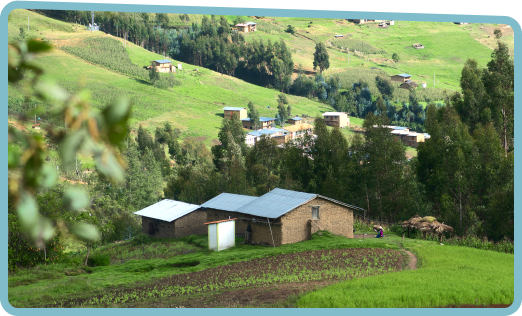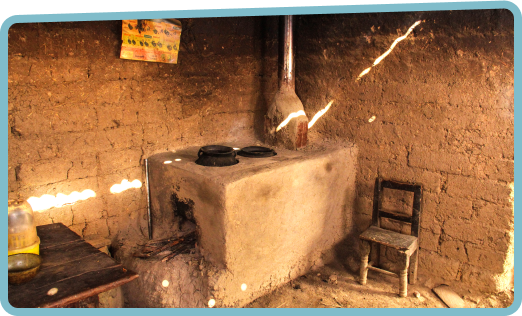ITMO
International Transfer Mitigation Results
Agreement between Peru and Switzerland
In November 2020, Peru and the Swiss Confederation signed a bilateral agreement under article 6 of the Paris Agreement. This bilateral agreement, the first of its kind, promotes the financing of national projects that implement technologies and practices with low greenhouse gas (GHG) emissions, allowing the transfer of emission reductions between both countries.
Within the framework of this agreement, in November 2021, Microsol signed a "mitigation results purchase agreement" with the Swiss entity Climate Cent Foundation (CCF) and the Foundation for Climate Protection and Carbon Offsetting (KliK Foundation ), in order to implement a project to install improved stoves under the International Transfer Mitigation Results (ITMO) scheme.



Context
He Paris Agreement promotes voluntary cooperation between countries to promote sustainable development and limit global warming. Nationally determined contributions (or NDC for its acronym in English) represent the emission reduction targets of each country. Some countries, despite great efforts to reduce their domestic emissions, cannot further reduce their impact.
How do ITMO projects work?
(Mitigation Results Transferred Internationally – ITMO)
A Country, “A”, that within its borders can no longer reduce its emissions any further, seeks to implement mitigation projects in a “B” Country.
Country “A” identifies mitigation opportunities and signs an agreement with Country “B”. This agreement includes the regulatory framework for Country “A” to implement mitigation projects in Country “B”.
After executing the mitigation project, the reduced or avoided emissions are recorded in Country “B” so that they can be transferred as Mitigation results to Country “A”.
This transfer of mitigation results is done with the participation and approval of the government of Country “B” to ensure that these projects execute additionality actions that benefit Country “B”.
Once the transfer is approved by country “B”, these are removed from its national registry and transferred to Country “A”, who includes it as part of its contribution at the national level.
Upon completion of the transfer, the mitigation results are called Internationally Transferred Mitigation Results (ITMO).
The participation of Country “B” throughout the process allows us to identify which communities are already being served and avoids duplicating the intervention in the same areas, expanding the benefits to more communities.
This means that the interventions of Country “A” occur in places where Country “B” has not been able to reach with its own resources, generating a positive impact that could not happen otherwise.
Thanks to the lessons learned from the implementation of these projects, Country “B” strengthens its technical capacity and improves its protocols to meet its nationally determined contributions.